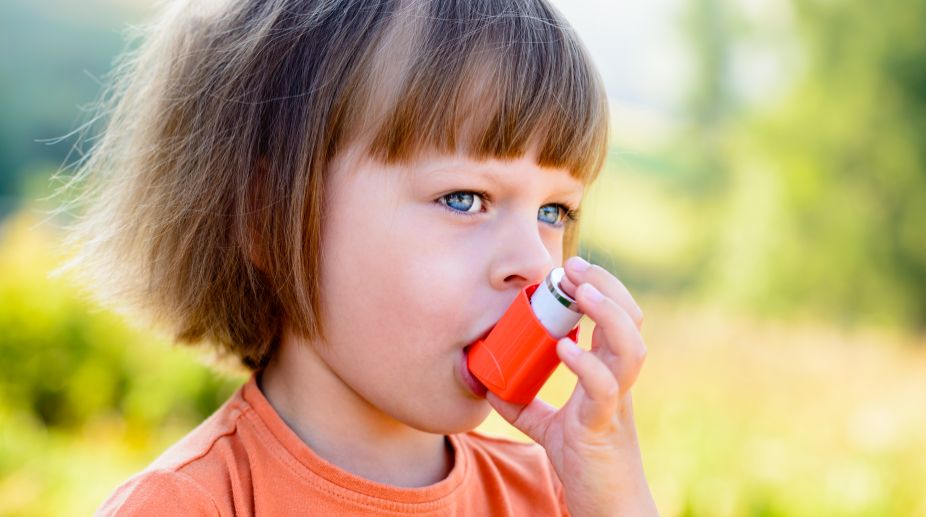Children with asthma are over 50 per cent more likely to become obese within ten years of being diagnosed, warns a new study which suggests that using inhalers during the attack may prevent this effect.
Researchers at University of Southern California (USC) in the US indicated that children who used asthma inhalers when they had an attack were 43 per cent less likely to become obese.
"Early diagnosis and treatment of asthma may help prevent the childhood obesity epidemic," said Frank Gilliland, professor at USC.
"Part of the problem may be a vicious cycle where asthma and obesity negatively affect each other. Our results also suggest that asthma inhalers may help prevent obesity in children," said Gilliland.
"Although this observation warrants further study, it is interesting that the correlation exists irrespective of physical activity and other asthma medication use," Gilliland added.
Researchers reviewed the records of 2,171 Southern California kindergarteners and first-graders who were not obese when they enrolled in the Children's Health Study.
Some 13.5 per cent of children had asthma when they enrolled in the study.
They followed the students for up to 10 years. During that decade, 15.8 per cent of the children became obese. The scientists confirmed their results using a different group of fourth-graders who were followed until high school graduation.
The Children's Health Study is one of the largest and most detailed studies of the long-term effects of air pollution on the respiratory and metabolic health of children.
Looking at 20 years of data, USC researchers have found that air pollution increases obesity, that children's lungs grow stronger as air quality improves and that fewer children in Southern California have bronchitis as a result of decreasing pollution levels in the region.
Parents completed questionnaires on socio-demographic factors, history of respiratory illness, physical activity patterns, smoking exposures at home and other household characteristics.
Participants or their parents answered questions about the number of exercise classes students attended and the number of days they spent in outdoor sports in the last 12 months.
The researchers adjusted for health insurance coverage, overweight status, ethnicity, household income, smoking exposure at home and physical activity.
Children were labelled obese if they had a body mass index at or above the 95th percentile when compared to the standards of the US Centres for Disease Control and Prevention.
The study was published in the American Journal of Respiratory and Critical Care Medicine.











